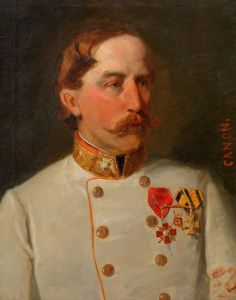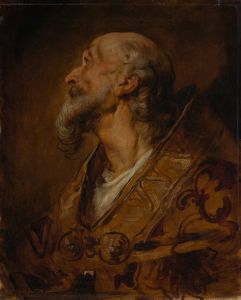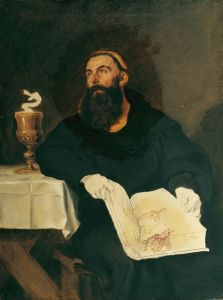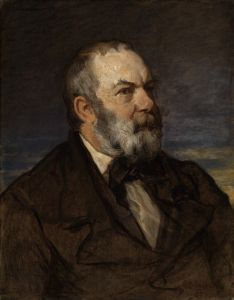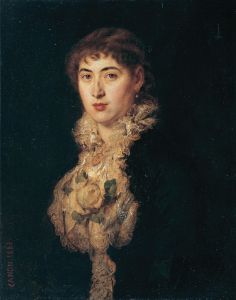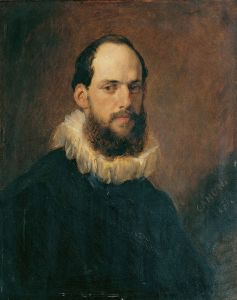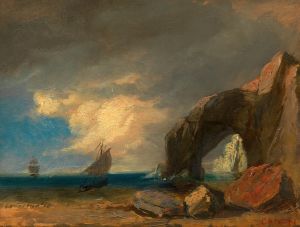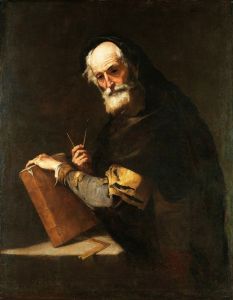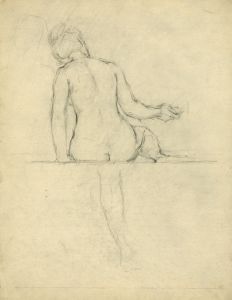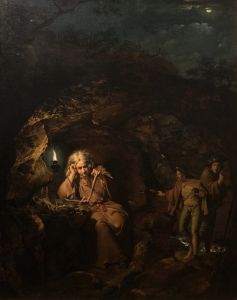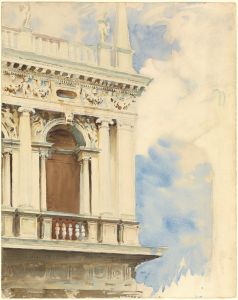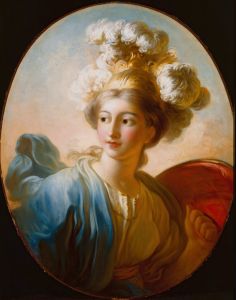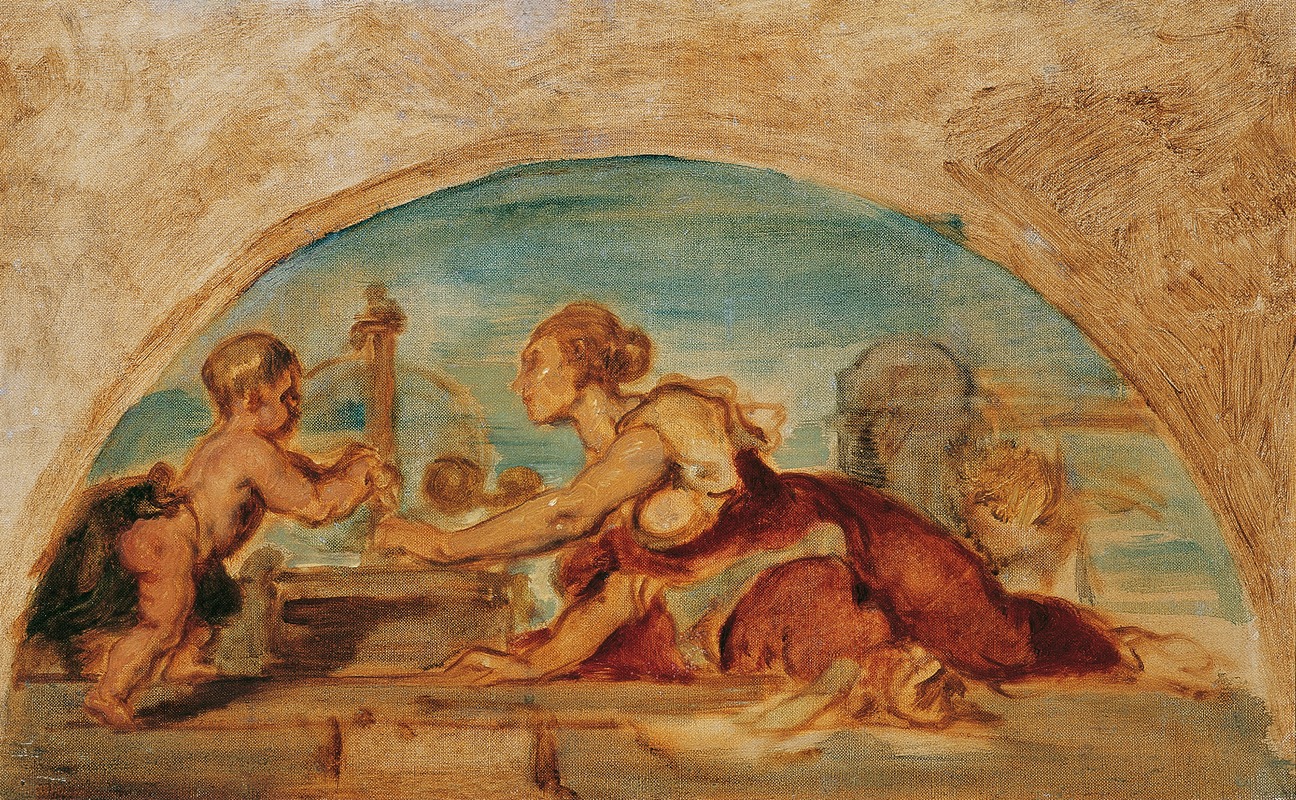
Induktive Wissenschaft
A hand-painted replica of Hans Canon’s masterpiece Induktive Wissenschaft, meticulously crafted by professional artists to capture the true essence of the original. Each piece is created with museum-quality canvas and rare mineral pigments, carefully painted by experienced artists with delicate brushstrokes and rich, layered colors to perfectly recreate the texture of the original artwork. Unlike machine-printed reproductions, this hand-painted version brings the painting to life, infused with the artist’s emotions and skill in every stroke. Whether for personal collection or home decoration, it instantly elevates the artistic atmosphere of any space.
Hans Canon, an Austrian painter known for his historical and allegorical works, created the painting "Induktive Wissenschaft" in the late 19th century. Canon, whose real name was Johann Baptist Strašiřipka, was born on March 15, 1829, in Vienna, Austria, and became a prominent figure in the Austrian art scene during his lifetime. He was particularly recognized for his ability to blend realism with allegorical and symbolic elements, a skill that is evident in "Induktive Wissenschaft."
"Induktive Wissenschaft," which translates to "Inductive Science," is a painting that reflects the intellectual and scientific spirit of the 19th century, a period marked by significant advancements in science and technology. The painting is an allegorical representation of the scientific method, particularly the inductive approach, which involves making generalizations based on specific observations. This method was gaining prominence during Canon's time, as it was foundational to the scientific discoveries and innovations of the era.
In the painting, Canon employs a range of symbolic elements to convey the essence of inductive science. The composition likely includes figures that represent various scientific disciplines, each engaged in observation and experimentation. These figures may be depicted with scientific instruments of the time, such as telescopes, microscopes, or other tools that symbolize the pursuit of knowledge through empirical evidence. Canon's use of light and shadow, as well as his attention to detail, would have been intended to highlight the clarity and precision associated with scientific inquiry.
Hans Canon's work often featured a rich palette and dynamic compositions, characteristics that would be expected in "Induktive Wissenschaft." His ability to capture the intellectual fervor of his subjects, combined with his technical skill, made his paintings resonate with contemporary audiences. Canon's art was not only a reflection of his personal style but also a commentary on the cultural and intellectual currents of his time.
While specific details about the painting "Induktive Wissenschaft" are limited, it is known that Canon's works were well-received and exhibited in various art venues. His contributions to art were recognized by his contemporaries, and he was regarded as one of the leading artists in Austria until his death on September 12, 1885.
Overall, "Induktive Wissenschaft" by Hans Canon serves as a testament to the intersection of art and science in the 19th century, capturing the spirit of inquiry and discovery that defined the era. Canon's ability to encapsulate complex ideas within his art continues to be appreciated by art historians and enthusiasts alike.





